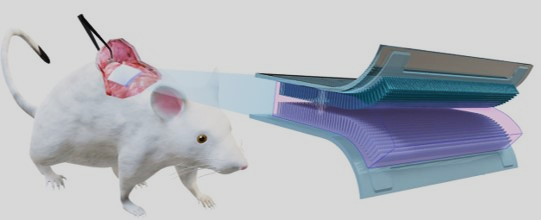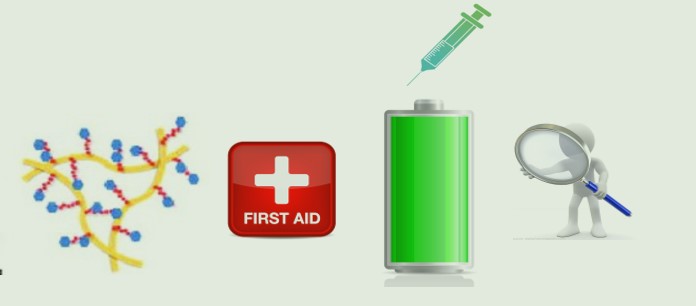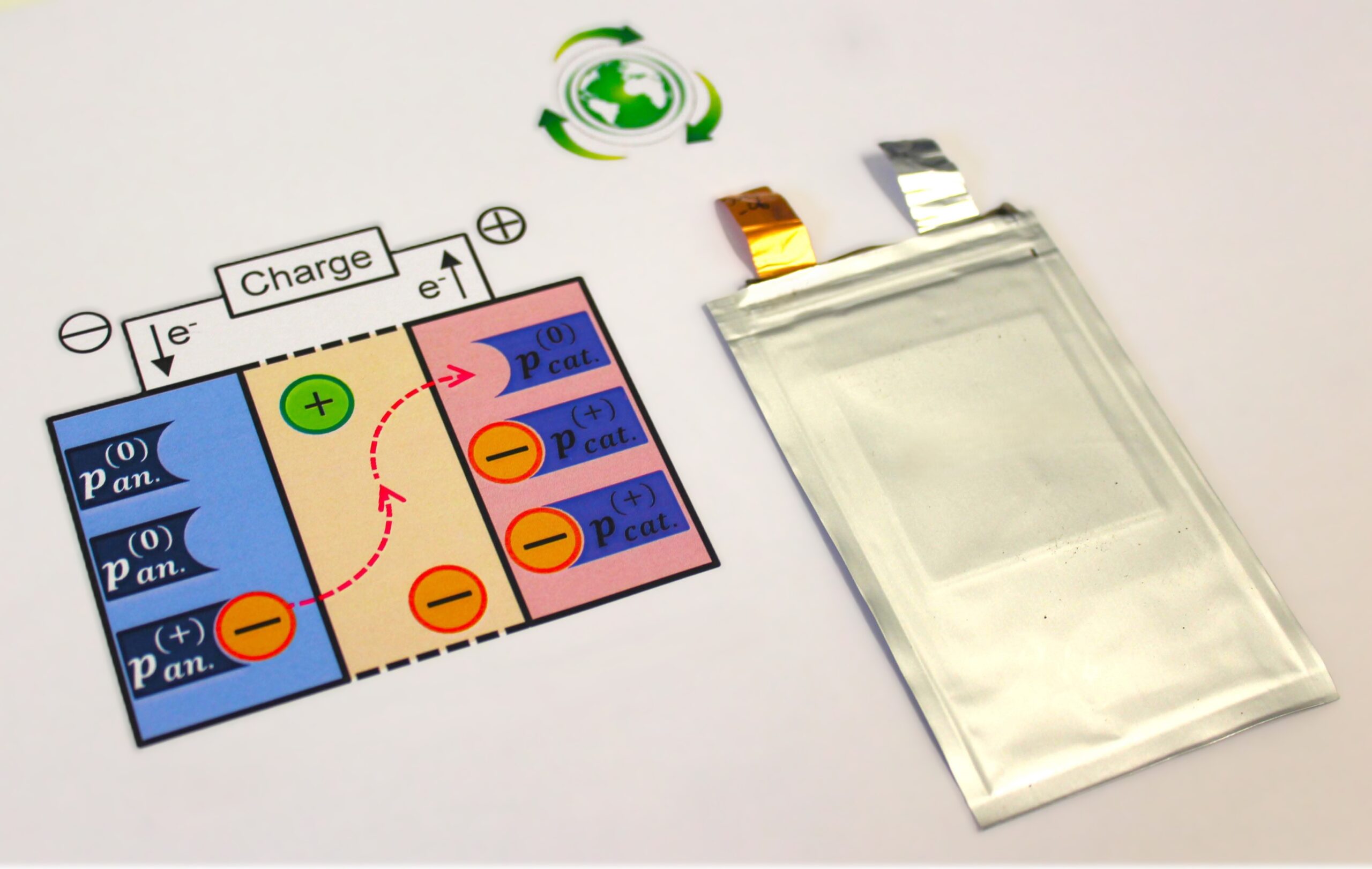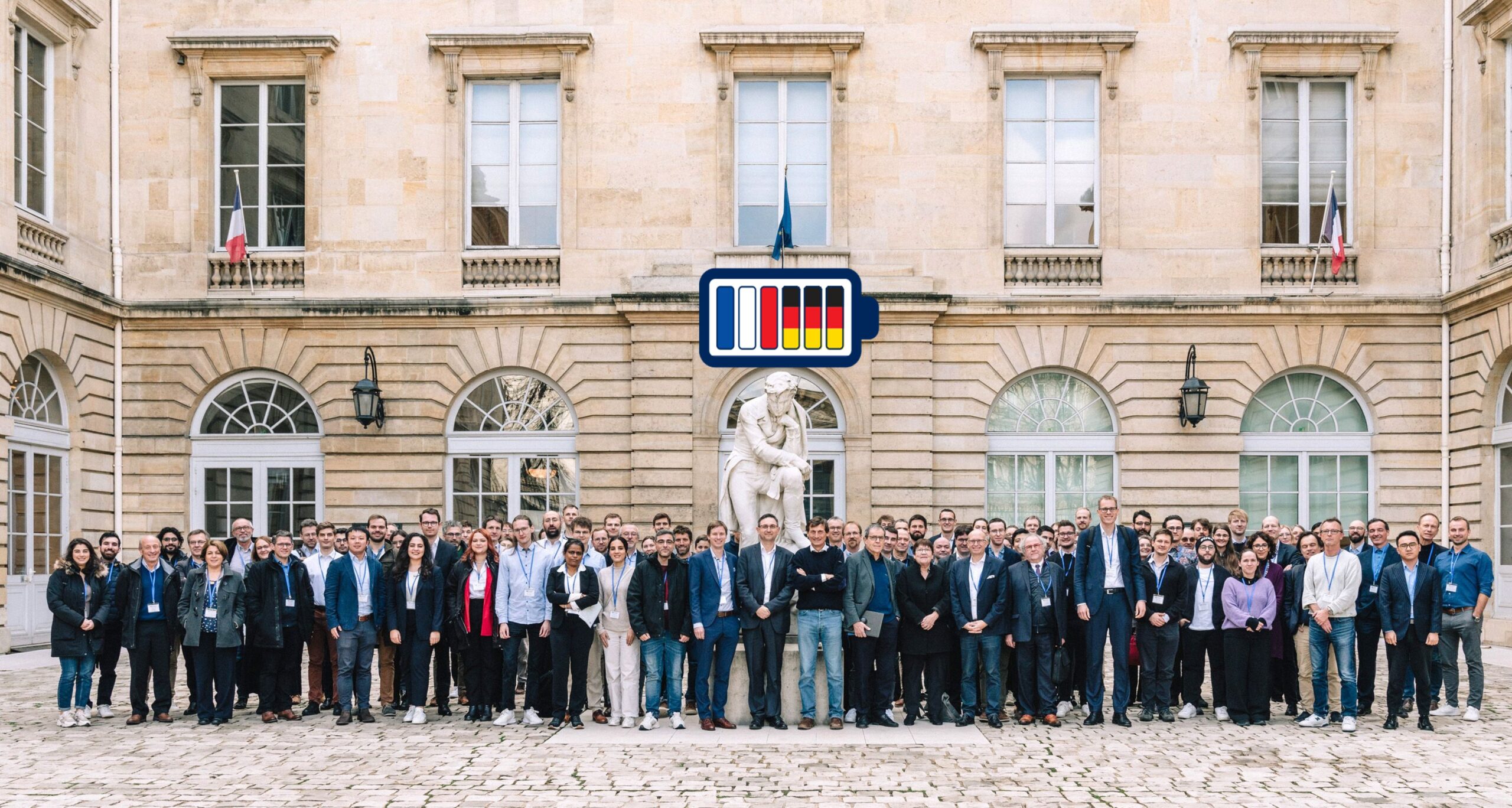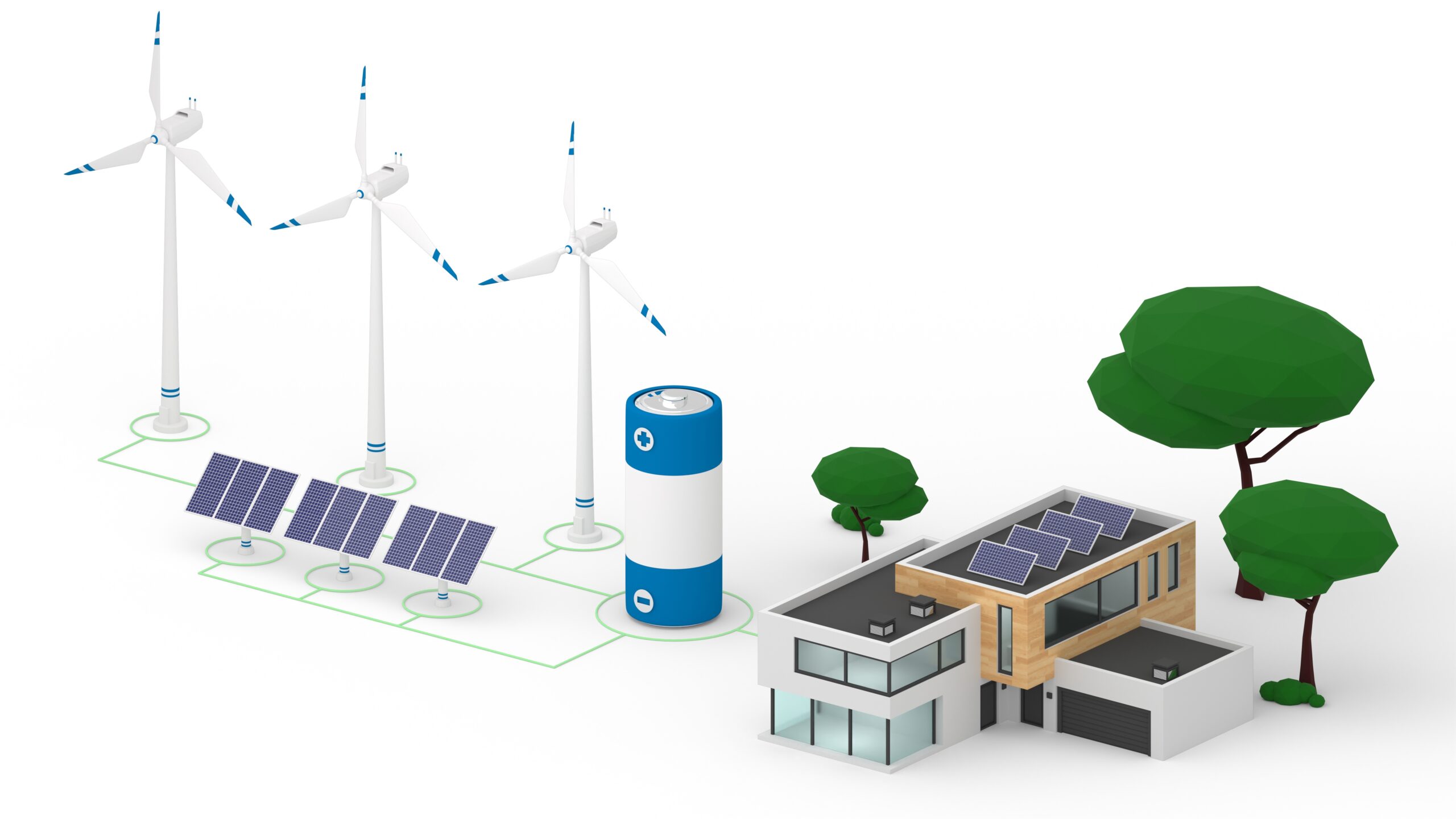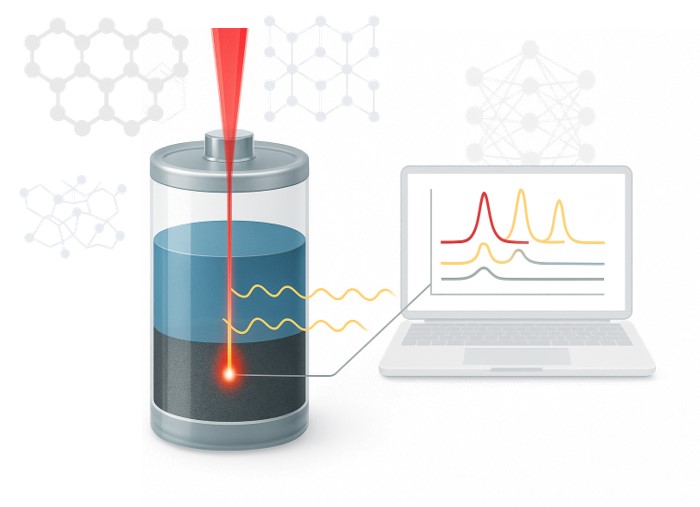
ROSBEEF
Raman spatial Off-Set technique coupled to theory to monitor Battery, Electrodes, and Electrolytes Features
Overview
Spatially offset Raman spectroscopy coupled with modeling to monitor the evolution of the battery, electrodes, and electrolyte.
Dr. Mouna BEN YAHIA (ICGM, Univ Montpellier)
The ROSBEEF project develops an integrated approach combining Spatially Offset Raman Spectroscopy (SORS) and theoretical modelling to monitor in situ the chemical and structural transformations of batteries, electrodes, electrolytes, and interfaces. By probing matter beneath the surface, SORS allows distinct analysis of electrodes, electrolyte, and interfaces. Coupled with DFT and Machine Learning, this method offers a robust interpretation of vibrational signatures, contributing to the optimization of electrochemical performance and durability of energy storage systems.
Keywords
Raman Spectroscopy, SORS, batteries, in situ, Na-ion, Li-ion, electrode materials, ASSB modeling, DFT, ML
Related news
Pas d’actualités
Tasks
Research activities
Selection, acquisition, and setup of the experimental system
In the first phase (Months 1–6), this involves selecting, purchasing, and receiving the SORS spectrometer and the required instrumental modules for the project.
Experimental development and Raman data analysis
Over months 6–48, this task aims to validate the operation of the SORS device on model materials, and calibrate the relation between spatial offset and probed depth — a major milestone of the project. Tests on positive and negative electrodes will establish a reference Raman database. Ultimately, automation of the setup is intended to enhance reliability, precision, and reproducibility of measurements.
Electrochemical validation and transfer to solid-state batteries
During months 24–48, this task will apply the SORS method to Li-ion cells (ex situ first and then in situ) to validate its efficiency for studying electrochemical phenomena. Special attention will be paid to detecting the signature of the solid electrolyte interphase (SEI). Finally, the methodology will be extended to all-solid batteries, resulting in a robust SORS protocol for analyzing next-generation battery systems.
Multiscale modelling and theoretical validation
Also over months 6–48, this task aims to simulate Raman spectra for model systems to validate the SORS technology and ensure consistency between experimental and theoretical results. Deviations observed will refine DFT models and improve the reliability of spectral assignments. Machine Learning approaches will then be implemented to identify Raman signatures depending on composition, oxidation state, and structure, as well as to interpret ex situ and in situ experimental data.
The consortium
2 academic laboratories
The ROSBEEF project will introduce an innovative non-invasive characterization method based on Spatially Offset Raman Spectroscopy (SORS). This precise approach enables probing of interfaces and the interior of battery cells without special sample preparation. By combining experimentation and modelling, it will improve the understanding of electrochemical mechanisms and optimization of battery performance, especially for solid-state technologies, shedding light on so-called “buried interfaces.” Ultimately, it will pave the way toward real-time in situ monitoring, enhancing the safety and lifetime of energy storage systems.
The in situ study of degradation mechanisms within the ROSBEEF project will enable a better understanding of battery lifespan and improvement of electrochemical performance. By extending battery usage life and limiting the consumption of critical resources, the project contributes to reducing the environmental footprint associated with production, use, and recycling of energy storage systems.
Training of 2 postdoctoral researchers
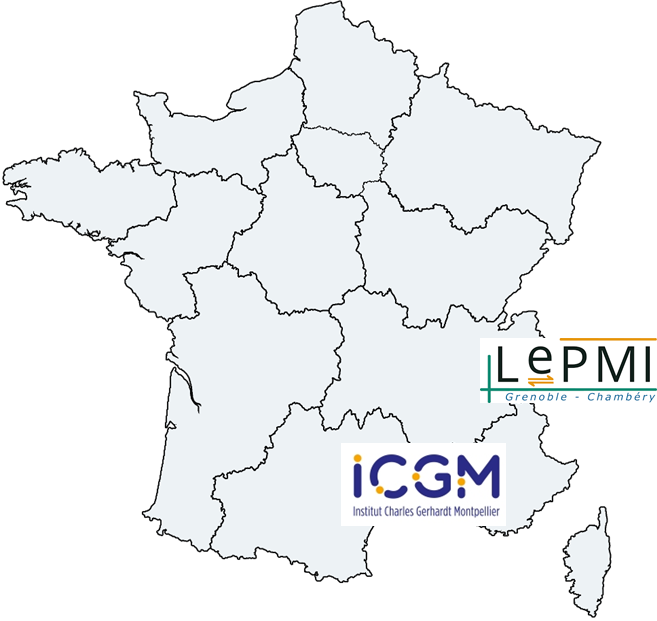
Les autres projets PEPR

